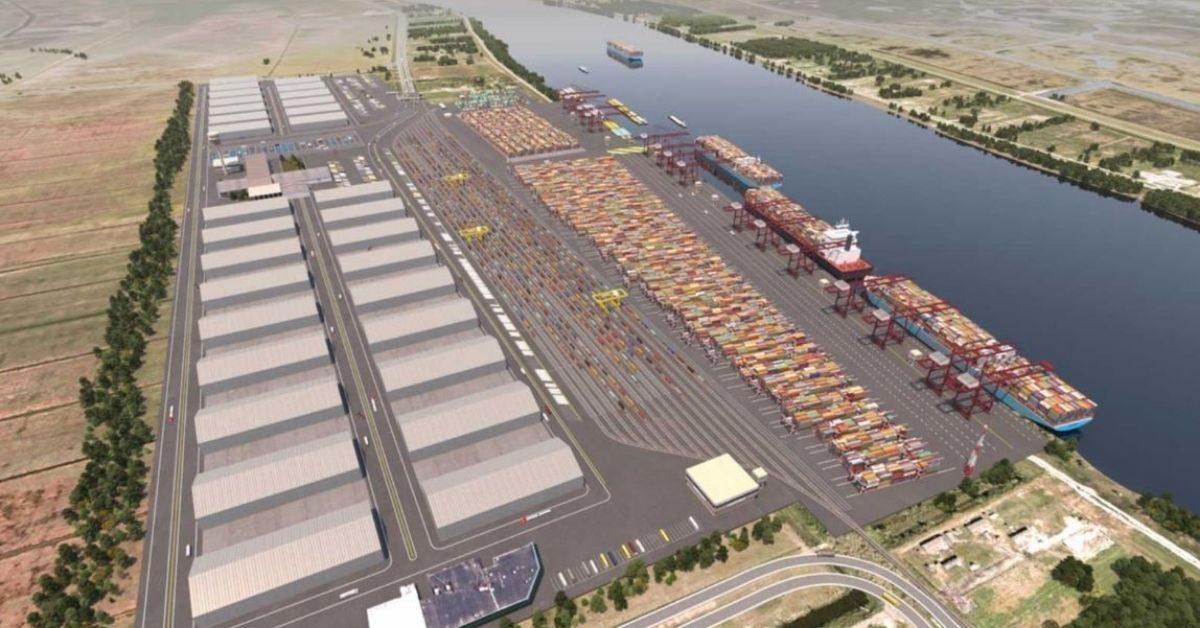APM Terminals (APMT) will become the operator of a newly planned container terminal and intermodal intermodal rail facility in Louisiana after signing a letter of intent with Plaquemines Port, Harbor and Terminal District (PPHTD).
The port and its financial partners will manage the financial activities associated with the infrastructure development, investment, and ownership of the port.
PPHTD Executive Director Sandy Sanders stated: “Our vision is to create a new port with an entirely new supply chain network into the US.
“We will have multiple routing options to inland markets which give supply chain planners the resiliency and contingency layers essential to manage future supply chains effectively.”
The facility is in the early stages of development as a 50 ft (15.24 m) deep-water berth container terminal in Plaquemines Parish, Louisiana.
Located on the Mississippi River 50 nautical miles from the Gulf of Mexico, the gateway port will cater to exporters and importers who could tap into the multimodal routing options of rail, truck, inland marine and air.
Wim Lagaay, CEO of APMT North America, said: “Exporters are looking for ways to ship their products overseas with a competitive port and importers are looking for more ways to reach major regional consumer markets in the South and Midwest.”
The terminal aims to be environmentally-friendly, powered by a combination of natural gas and electricity, encompassing up to 1,000 acres and 8,200 ft of Mississippi River frontage.
John Bel Edwards, governor of Louisiana, said: “We’re excited by the prospect of starting a new economic chapter in US ports by developing America’s newest port here in Louisiana, one that has the potential to install new U.S. supply chain capabilities, build new businesses, create new jobs for our great state and generate economic impact throughout our country.”
Special focus will be on utilising modern infrastructure technology and engineering to withstand storm surges and wind damage in the design of the port, with the facility and connecting infrastructure will be built 16 ft above sea level.
Phase One of construction is expected to last two years and will deliver the capability to handle 22,000 teu class vessels while capacity can be expanded as needed.
To reduce the risk of flooding of the terminal site and surrounding area, the US Army Corps of Engineers is building a new federal levee system.
This system will bring the existing flood protection from a height of 4 ft to 14 ft and will tie back into the Mississippi River levees at a height of 15 ft.
Once completed, the system will be able to protect the site from devastating storm surges similar to those of Hurricane Ida. Construction of the flood protection profile is scheduled for completion in the spring of 2023.
To further mitigate flood risk, the port has adopted a Multiple Lines of Defense Strategy to restore coastal wetlands in the frontline of the storm surge and provide additional protection to hurricane levees that surround the facilities.
The port is working with the Louisiana Coastal Protection and Restoration Authority on developing restoration and resiliency projects that would provide additional protection to the terminal as well as vulnerable communities outside of the flood protection section.
Source: Container mag








